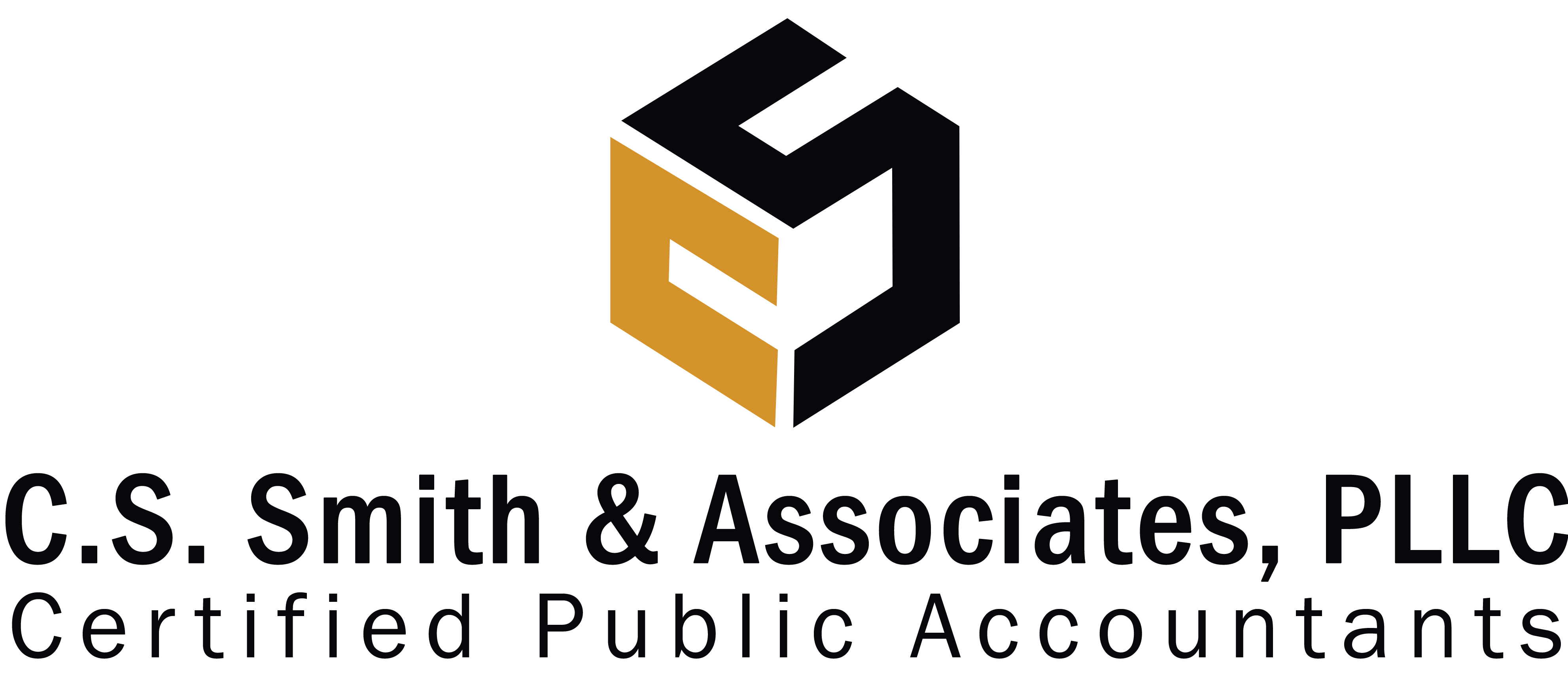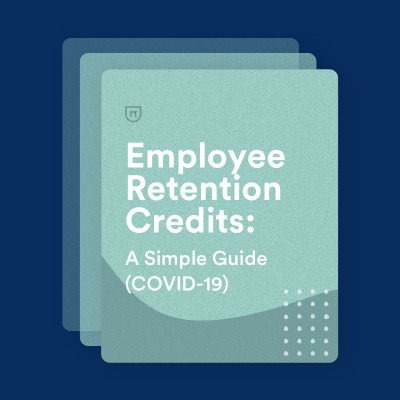2024 Mid-Year Tax Planning Letter for Small Businesses
Dear Client:
The less hectic summer season is a good time to consider steps to cut your 2024 tax bill. Here are some planning strategies to consider, assuming our current federal tax regime remains in place through 2024.
Establish a Tax-favored Retirement Plan
If your business doesn’t already have a retirement plan, now might be the time to take the plunge. Current rules allow for significant deductible contributions. For example, if you are self-employed and set up a SEP plan for yourself, you can contribute up to 20% of your net self-employment income, with a maximum contribution of $69,000 for 2024. If you are employed by your own corporation, up to 25% of your salary can be contributed, with a maximum contribution of $69,000 for 2024.
Other small business retirement plan options include the 401(k) plan, which can be set up for just one person; the defined benefit pension plan; and the SIMPLE-IRA, which can be a good choice if your business income is modest. Depending on your circumstances, non-SEP plans may allow bigger deductible contributions.
It Might Not Be Too Late to Establish a Plan and Make a Deductible Contribution for Last Year. The general deadline for setting up a tax-favored retirement plan, such as a SEP or 401(k) plan, is the extended due date of the tax return for the year you or the plan sponsor want to make the initial deductible contribution. For instance, if your business is a sole proprietorship or a single-member LLC that is treated as a sole proprietorship for federal income tax purposes (Schedule C), you have until 10/16/24 to establish a plan and make the initial deductible contribution if you extended your 2023 Form 1040.
However, to make a SIMPLE-IRA contribution for the 2023 tax year, you must have set up the plan by October 1 of last year. So, you might have to wait until this year if the SIMPLE-IRA option is appealing. If so, establish the SIMPLE-IRA and make the initial contribution by October 1 of this year.
Evaluate Your Options. Contact us for more information on small business retirement plan alternatives, and be aware that if your business has employees, you may have to cover them too.
Take Advantage of Generous Depreciation Tax Breaks
Current federal income tax rules allow generous first-year depreciation write-offs for eligible assets that are placed in service in your business’s current tax year.
Section 179 Deductions. For qualifying property placed in service in tax years beginning in 2024, the maximum allowable Section 179 deduction is a whopping $1.22 million. Most types of personal property used for business are eligible for Section 179 deductions, and off-the-shelf software costs are eligible too.
Section 179 deductions also can be claimed for certain real property expenditures called Qualified Improvement Property (QIP), up to the maximum annual Section 179 deduction allowance ($1.22 million for tax years beginning in 2024). There is no separate Section 179 deduction limit for QIP expenditures, so Section 179 deductions claimed for QIP reduce the maximum Section 179 deduction allowance dollar for dollar.
Note: QIP includes any improvement to an interior portion of a nonresidential building that is placed in service after the date the building is first placed in service, except for expenditures attributable to the enlargement of the building, any elevator or escalator, or the building’s internal structural framework.
Note that Section 179 deductions can be claimed for qualified expenditures for roofs, HVAC equipment, fire protection and alarm systems, and security systems for nonresidential real property. To qualify, these items must be placed in service after the nonresidential building has been placed in service.
In addition, Section 179 deductions can be claimed for personal property used predominately to furnish lodging or in connection with the furnishing of lodging. Examples of such property would apparently include furniture, kitchen appliances, lawn mowers, and other equipment used in the living quarters of a lodging facility or in connection with a lodging facility such as a hotel, motel, apartment house, dormitory, or other facility where sleeping accommodations are provided and rented out.
Warning: Section 179 deductions can’t cause an overall business tax loss, and deductions are phased out if too much qualifying property is placed in service in the tax year. The Section 179 deduction limitation rules can get really tricky if you own an interest in a pass-through business entity (partnership, LLC treated as a partnership for tax purposes, or S corporation). Contact us for details on how the limitations work and whether they will affect you or your business entity.
First-year Bonus Depreciation. 60% first-year bonus depreciation is available for qualified new and used property that is acquired and placed in service in calendar-year 2024. That means your business might be able to write off 80% of the cost of some or all of your 2024 asset additions on this year’s return. However, you should generally write off as much as you can via Section 179 deductions before taking advantage of 60% first-year bonus depreciation.
Depreciation Deductions for Heavy SUVs, Pickups, and Vans. The federal income tax depreciation rules are super favorable for new and used heavy vehicles used over 50% for business. That’s because such heavy SUVs, pickups, and vans are treated for tax purposes as transportation equipment. That means they qualify for Section 179 deductions and 60% first-year bonus depreciation. However, this favorable first-year depreciation treatment is only available when the SUV, pickup, or van has a manufacturer’s Gross Vehicle Weight Rating (GVWR) above 6,000 pounds. The GVWR of a vehicle can be verified by looking at the manufacturer’s label, which is usually found on the inside edge of the driver’s side door where the door hinges meet the frame. If you are considering buying an eligible vehicle, doing so and placing it in service before the end of this tax year could deliver a juicy write-off on this year’s return.
Depreciation Deductions for Cars, Light SUVs, Light Trucks, and Light Vans. For so-called passenger autos (meaning cars and light SUVs, trucks, and vans) that are used over 50% for business, the so-called luxury auto depreciation limitations apply. Thankfully, the limitations are not that strict. For passenger autos that are acquired and placed in service in 2024, the luxury auto depreciation limits are as follows:
- $20,400 for Year 1 if first-year bonus depreciation is claimed or $12,400 if bonus depreciation is not claimed.
- $19,800 for Year 2.
- $11,900 for Year 3.
- $7,160 for Year 4 and thereafter until the vehicle is fully depreciated.
Bottom Line: To take advantage of favorable federal income tax depreciation rules, consider making eligible asset acquisitions between now and year end. Contact us for full details on applicable depreciation rules and the planning opportunities they might open up.
Time Business Income and Deductions for Tax Savings
If you conduct your business using a pass-through entity (sole proprietorship, S corporation, LLC, or partnership), your shares of the business’s income and deductions are passed through to you and taxed at your personal rates. Assuming no legislative changes, next year’s individual federal income tax rates will be the same as this year’s, with significant bumps in the rate bracket thresholds thanks to inflation adjustments.
The traditional strategy of deferring income into next year while accelerating deductible expenditures into this year makes sense if you expect to be in the same or lower tax bracket next year. Deferring income and accelerating deductions will, at a minimum, postpone part of your tax bill from 2024 until 2025. And, after the inflation adjustments to 2025 rate bracket thresholds, the deferred income might be taxed at a lower rate. That would be nice!
On the other hand, if you expect to be in a higher tax bracket in 2024, take the opposite approach. Accelerate income into this year (if possible) and postpone deductible expenditures until 2025. That way, more income will be taxed at this year’s lower rate instead of next year’s higher rate. Contact us for details on how to implement business income and deduction timing strategies.
Maximize the Qualified Business Income (QBI) Deduction
The deduction based on QBI from pass-through entities was a key element of 2017 tax reform. For tax years through 2025, the deduction can be up to 20% of a pass-through entity owner’s QBI, subject to restrictions that can apply at higher income levels and another restriction based on the owner’s taxable income.
For QBI deduction purposes, pass-through entities are defined as sole proprietorships, single-member LLCs that are treated as sole proprietorships for tax purposes, partnerships, LLCs that are treated as partnerships for tax purposes, and S corporations.
Note: The QBI deduction is only available to individuals, trusts, and estates.
The QBI deduction also can be claimed for up to 20% of income from qualified REIT dividends and 20% of qualified income from Publicly Traded Partnerships (PTPs). So, the deduction can potentially be a big tax saver.
Because of the various limitations on the QBI deduction, tax planning moves (or non-moves) can have the side effect of increasing or decreasing your allowable QBI deduction. For example, claiming big first-year depreciation deductions can reduce QBI and lower your allowable QBI deduction. So, if you can benefit from the deduction, you must be careful in making tax planning moves. We can help you put together strategies that give you the best overall tax results.
Claim 100% Gain Exclusion for Qualified Small Business Stock
There is a 100% federal income tax gain exclusion privilege for eligible sales of Qualified Small Business Corporation (QSBC) stock that was acquired after 9/27/10. QSBC shares must be held for more than five years to be eligible for the gain exclusion break. Contact us if you think you own stock that could qualify for the break.
Also, contact us if you are considering establishing a new corporate business the stock of which might be eligible for the gain exclusion. Advance planning may be required to lock in the exclusion privilege.
Employing Family Members
Employing family members can be a useful strategy to reduce overall tax liability. If the family member is a bona fide employee, the taxpayer can deduct the wages and benefits, including medical benefits, paid to the employee on Schedule C or F as a business expense, thus reducing the proprietor’s self-employment tax liability. In addition, wages paid to your child under the age of 18 are not subject to federal employment taxes, will be deductible at your marginal tax rate, are taxable at the child’s marginal tax rate, and can be offset by up to $14,600 (your child’s maximum standard deduction for 2024). However, your family member must be a bona fide employee, and basic business practices, such as keeping time reports, filing payroll returns, and basing pay on the actual work performed, should be followed.
Conclusion
This letter only covers a few tax planning moves that could potentially benefit your business for this year. Please contact us if you have questions, want more information, or would like us to help in evaluating your best business tax planning options for 2024.
Very truly yours,
C.S. Smith & Associates, PLLC
Practitioner’s Reference Sheet for Midyear Tax Planning Letter for Small Businesses
Establish a Tax-favored Retirement Plan: IRC Secs. 401(k), 404(h), 408(p), and 414(v); Notice 2023-75.
Take Advantage of Generous Depreciation Tax Breaks: IRC Secs. 168(k) and 179; Reg. 1.168(k)-2; and Rev. Proc. 2023-34.
Luxury Auto Depreciation Limits: See Rev. Proc. 2024-13 for limits for passenger autos placed in service in 2024.
Time Business Income and Deductions for Tax Savings: IRC Secs. 446, 448, and 453. Other ways to defer income include setting up a retirement plan and/or making additional deductible retirement plan or IRA contributions for the year; making like-kind exchanges of appreciated real estate instead of taxable sales; and arranging for installment sales of property.
Maximize the QBI Deduction: IRC Sec. 199A and Regs. 1.199A-1 through -6. Note that the overall QBI deduction limitation says the deduction cannot exceed the lesser of (1) 20% of QBI from qualified businesses plus 20% of qualified REIT dividends plus 20% of qualified Publicly Traded Partnership (PTP) income or (2) 20% of taxable income calculated before any QBI deduction and before any net capital gain (net long-term capital gains in excess of net short-term capital losses plus qualified dividends). [See IRC Sec. 199A(a) and (b).] Therefore, moves that reduce the client’s taxable income (such as first-year depreciation deductions and income deferrals) can have the adverse side effect of reducing the allowable QBI deduction.
Claim 100% Gain Exclusion for Qualified Small Business Stock: IRC Sec. 1202.
| © 2024 Thomson Reuters/Tax & Accounting. Thomson Reuters, Thomson Reuters Checkpoint®, Practitioners Tax Action Bulletins®, Five-Minute Tax Briefing®, Tax Action Memo®, the National Tax Advisory®, and the Kinesis logo are trademarks of Thomson Reuters and its affiliated companies. For subscription information, call (800) 431-9025. This publication is designed to provide accurate information on the subject matter covered. The publisher is not engaged in rendering professional advice or service. If such expert assistance is required, the services of a competent professional should be sought. |
Employing Family Members: Frahm (TC Memo 2007-351) and Embroidery Express, LLC (TC Memo 2016-13




